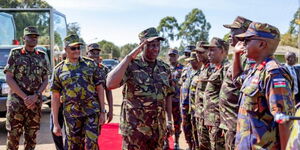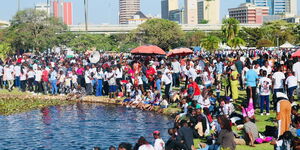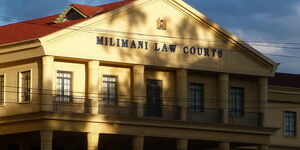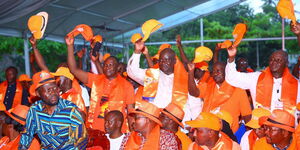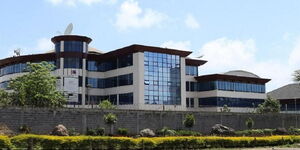Health officials in Kenya have raised alarm over the come-back of one of the world’s oldest disease, leprosy.
This is after 17 people were tested positive for the disease in Western and Coast regions in the last 7 months.
The re-emergence comes after the World Health Organization declared Kenya as leprosy-free in 1987.
The health officials now believe that there are untreated cases of leprosy that they have not reached, thus raising infection risks to other people.
They also raised alarm over the few numbers of health workers skilled to handle leprosy cases.
The disease, caused by a bacterial disease known as Micro-Bacterium Leprum, is classified as an airborne and communicable disease. This is according to Paul Lodi, a leprosy consultant with the Ministry of Health.
“You get it when an infected person who is not on treatment sneezes or coughs and you inhale,” Lodi noted in an interview with K24 TV.
He, however, explained that one could only contract leprosy while in close contact with an infected person for a period of time, not a single episode.
He continued to explain that leprosy symptoms start to manifest in two to five years and longer.
“Once the disease has advanced, you can put your foot in the fire or step on a needle and not feel anything,” he continued, explaining that leprosy destroys one’s nerve cells.
The disease then develops into deformity like claw-hands and foot drops, only supported through rehabilitation.
Lodi, however, explained that leprosy was curable with antibiotics administered for one year. He also noted that the treatment was free.
Health officials are now calling upon the government to intervene so as to ensure the eradication of the disease which commonly leads to isolation and stigmatization.


